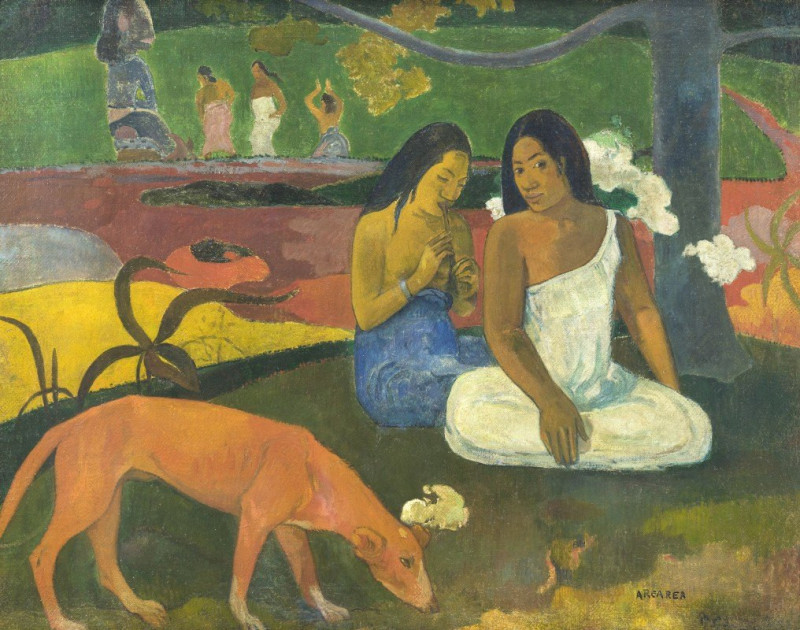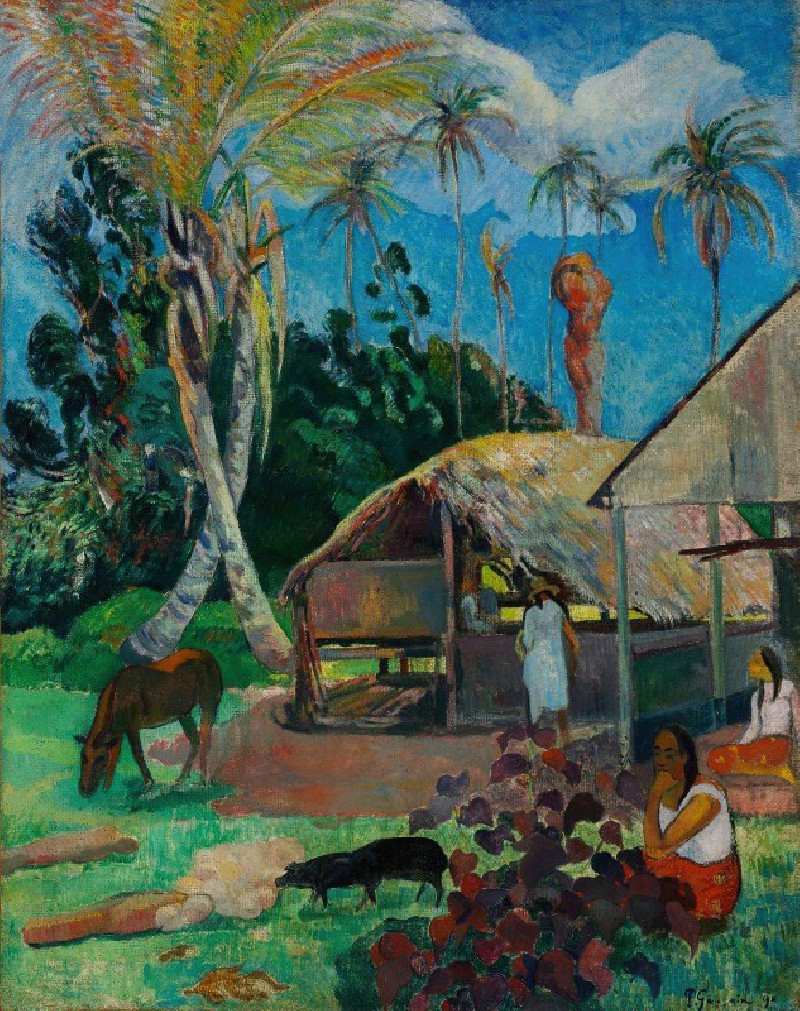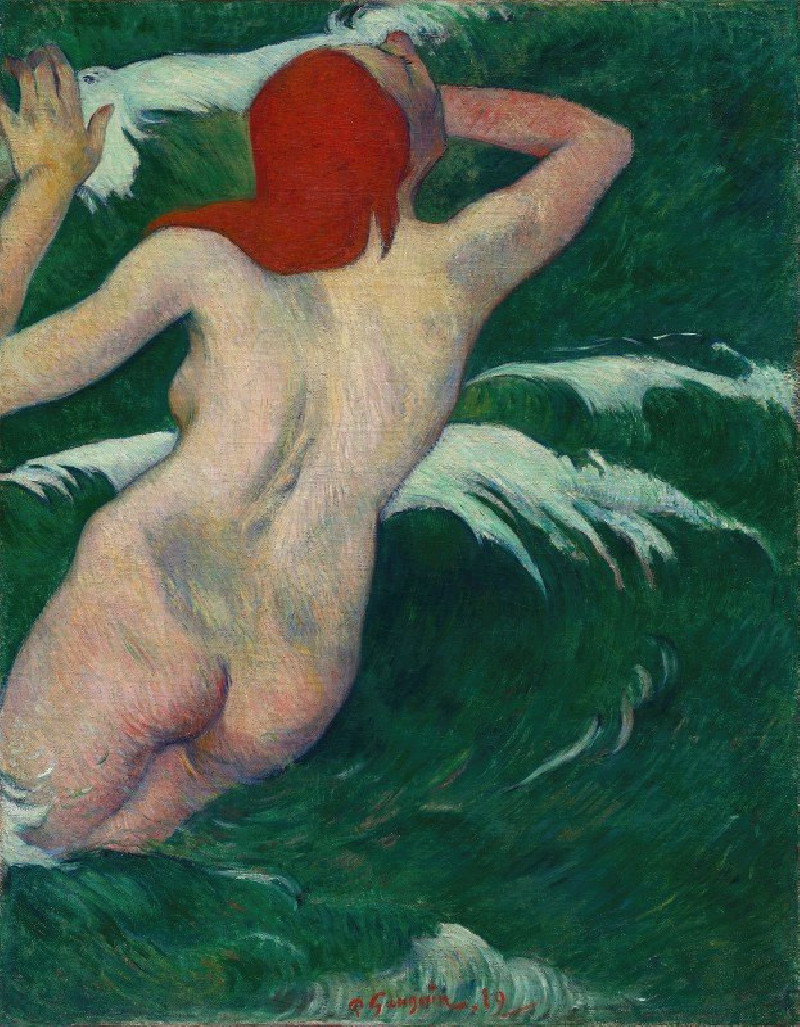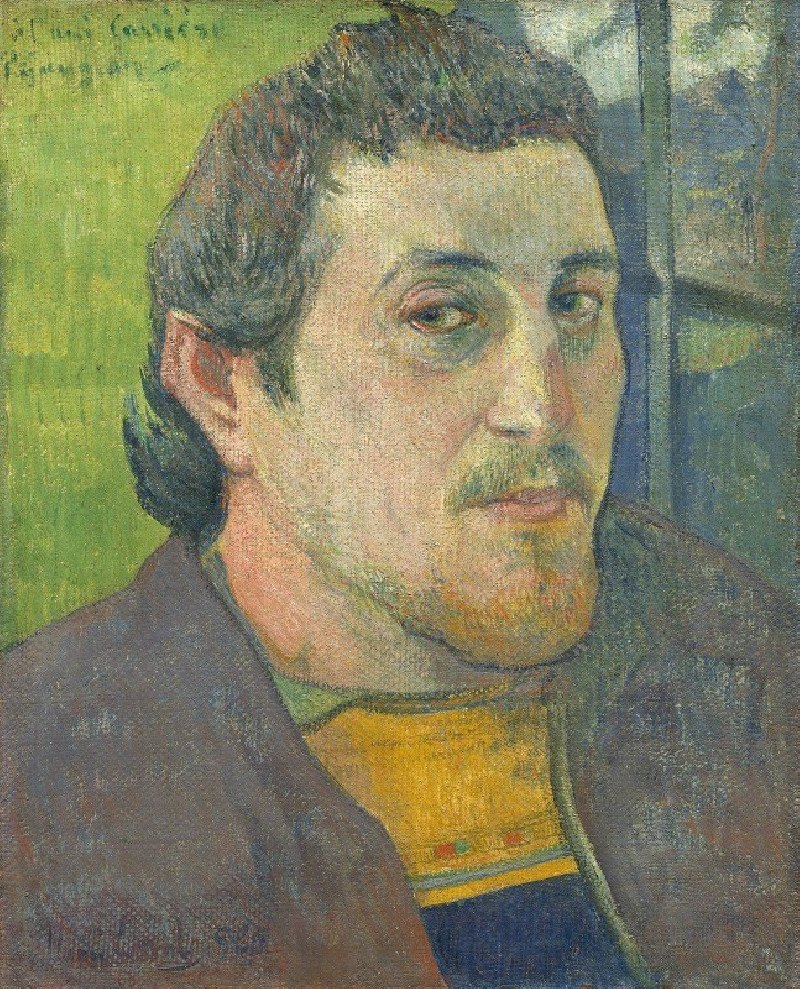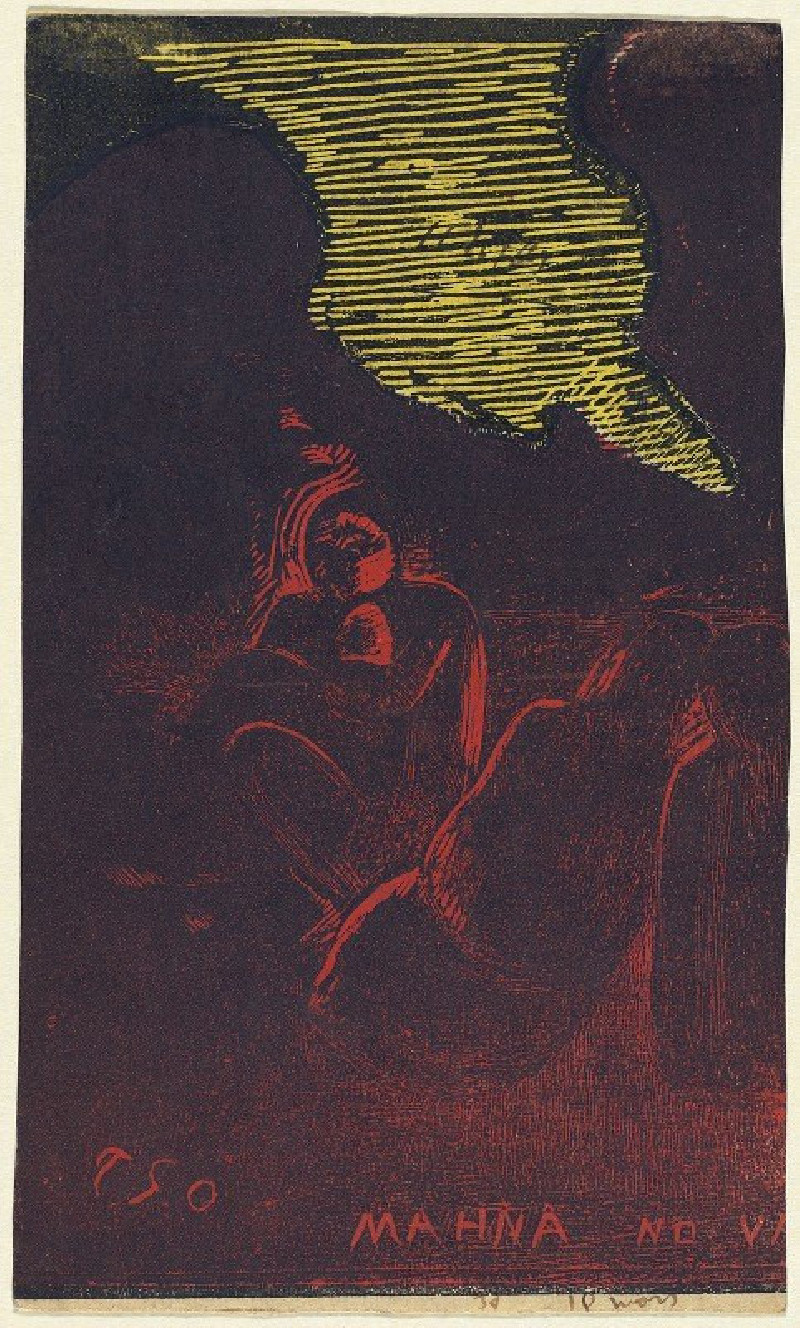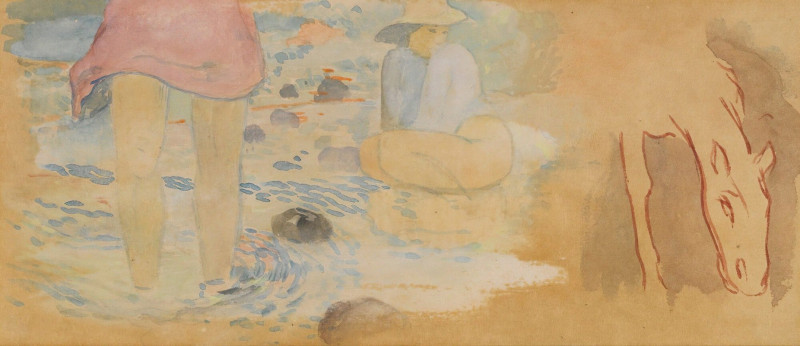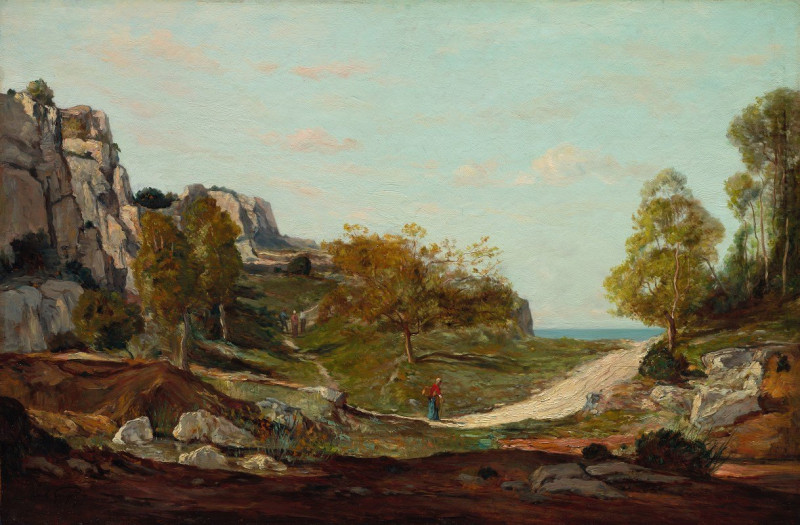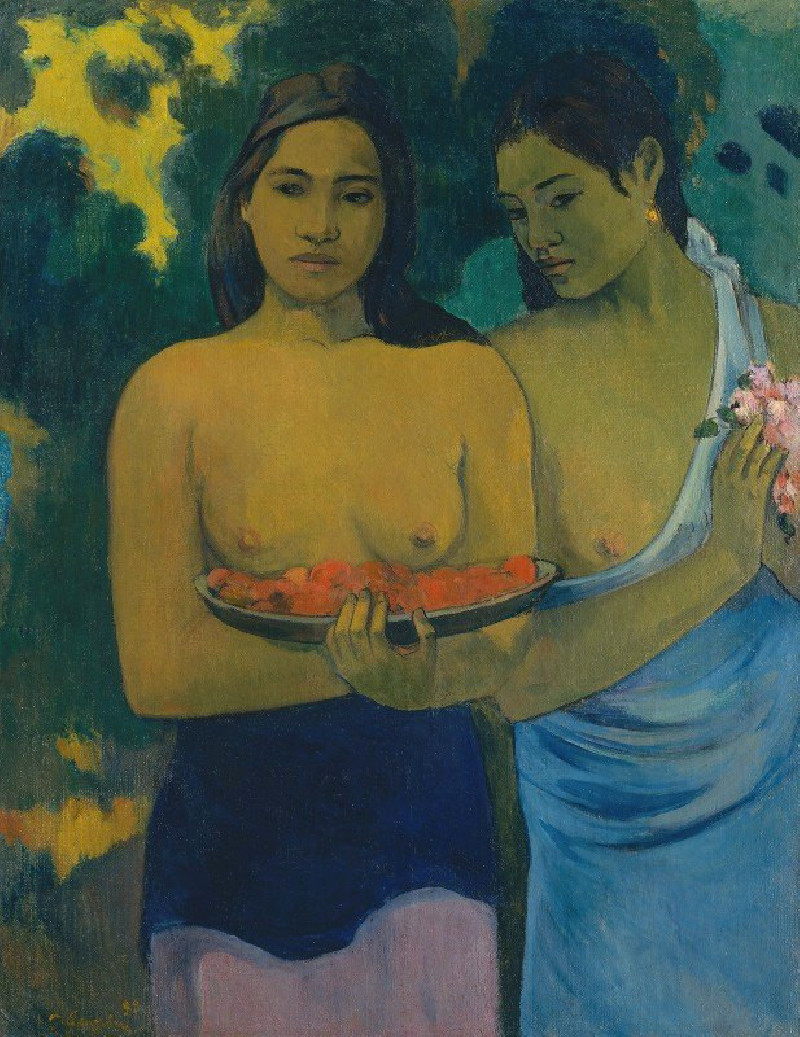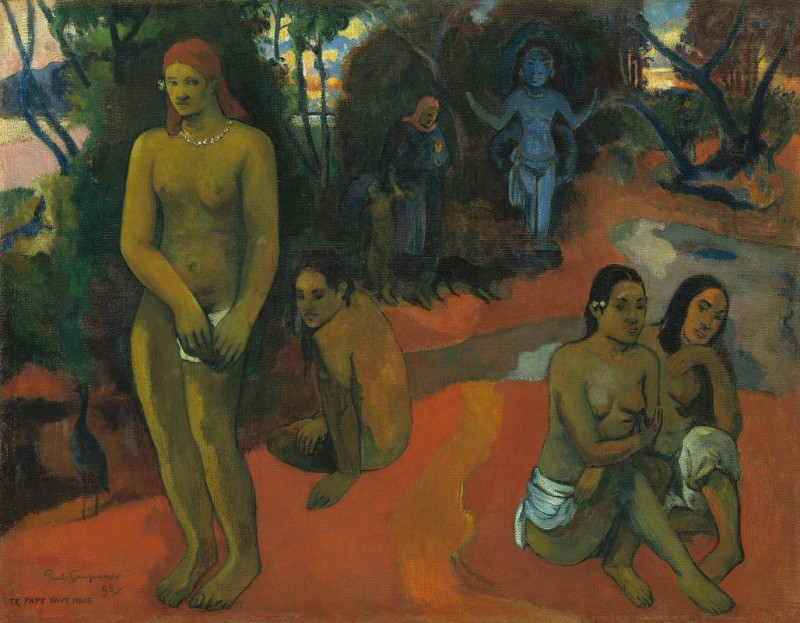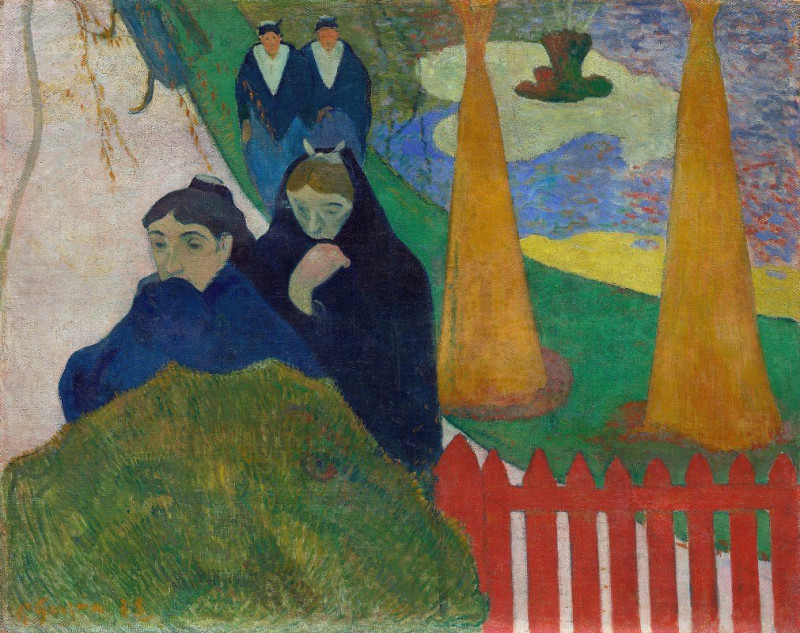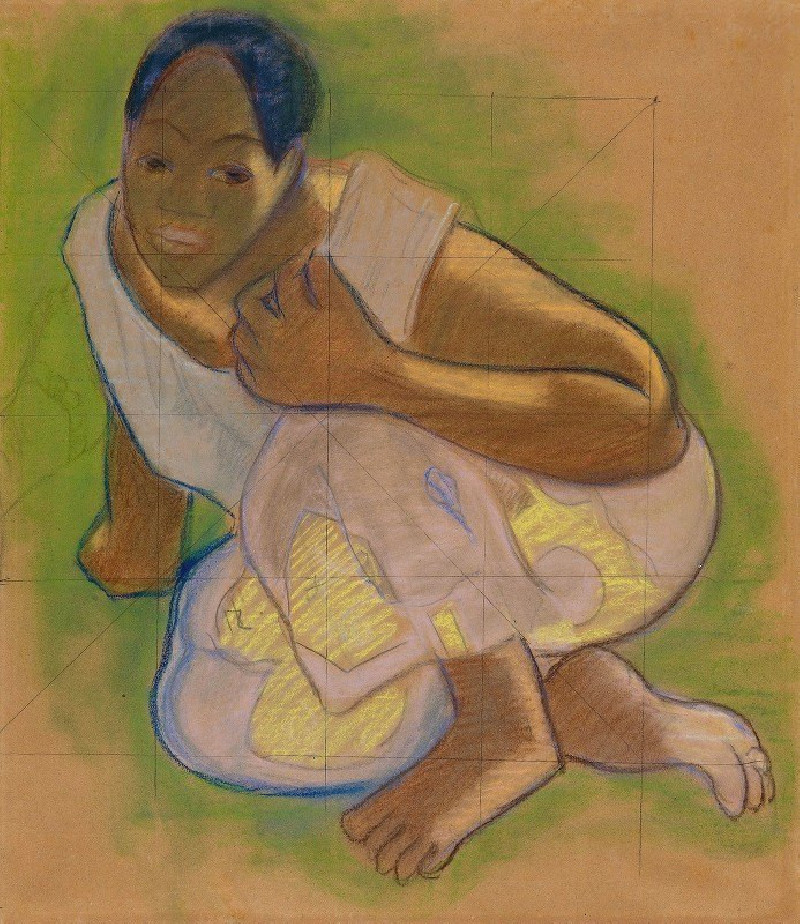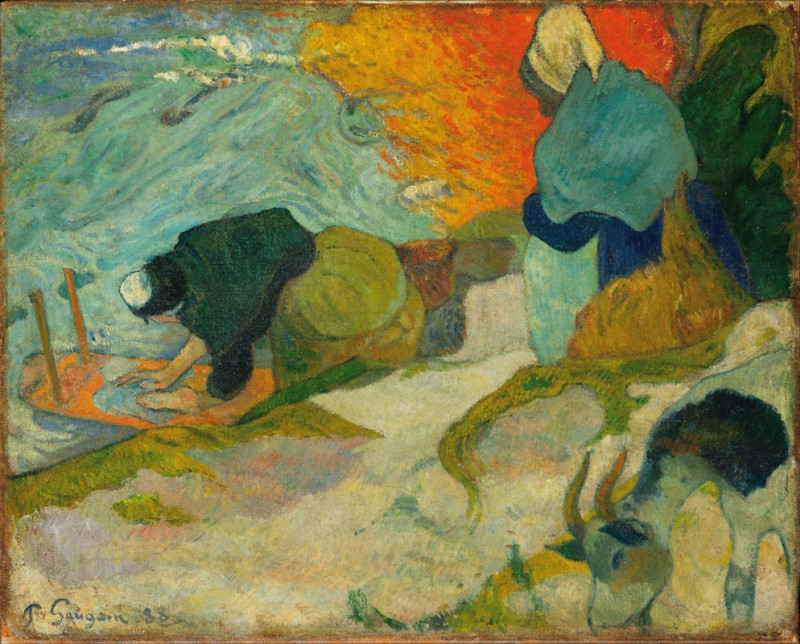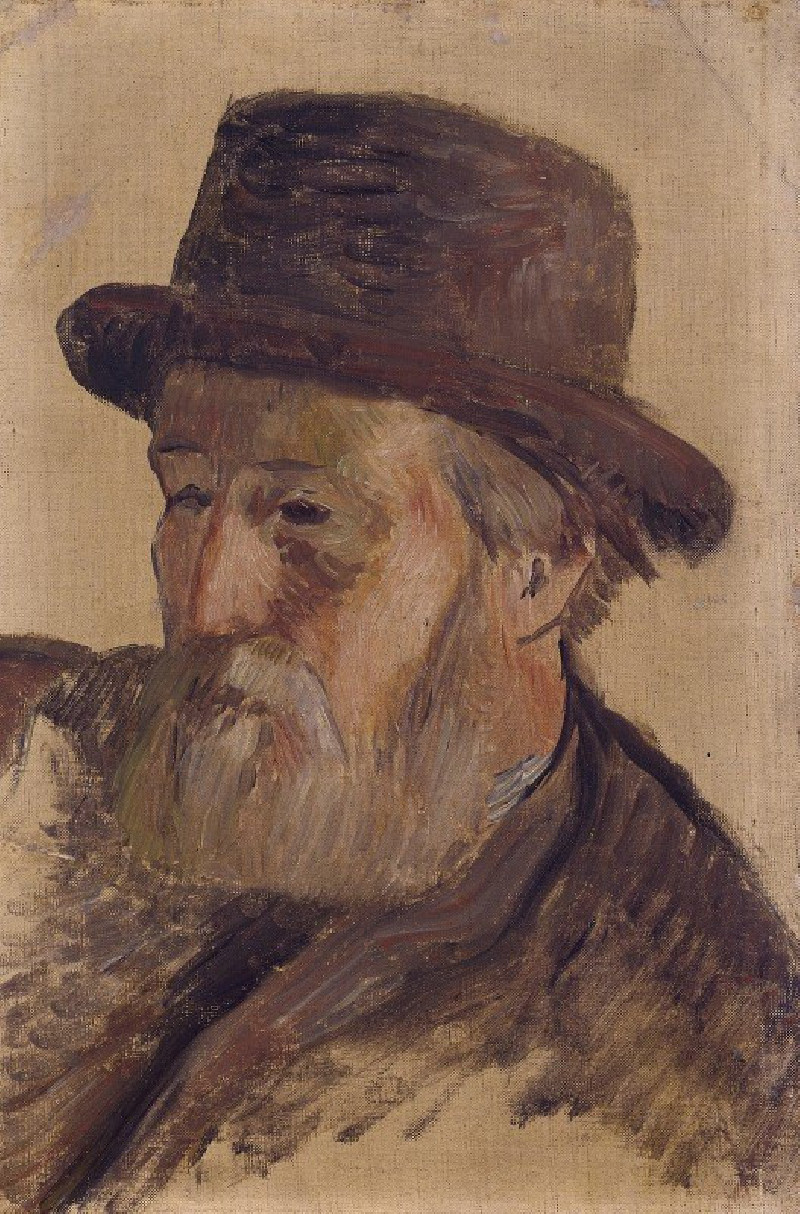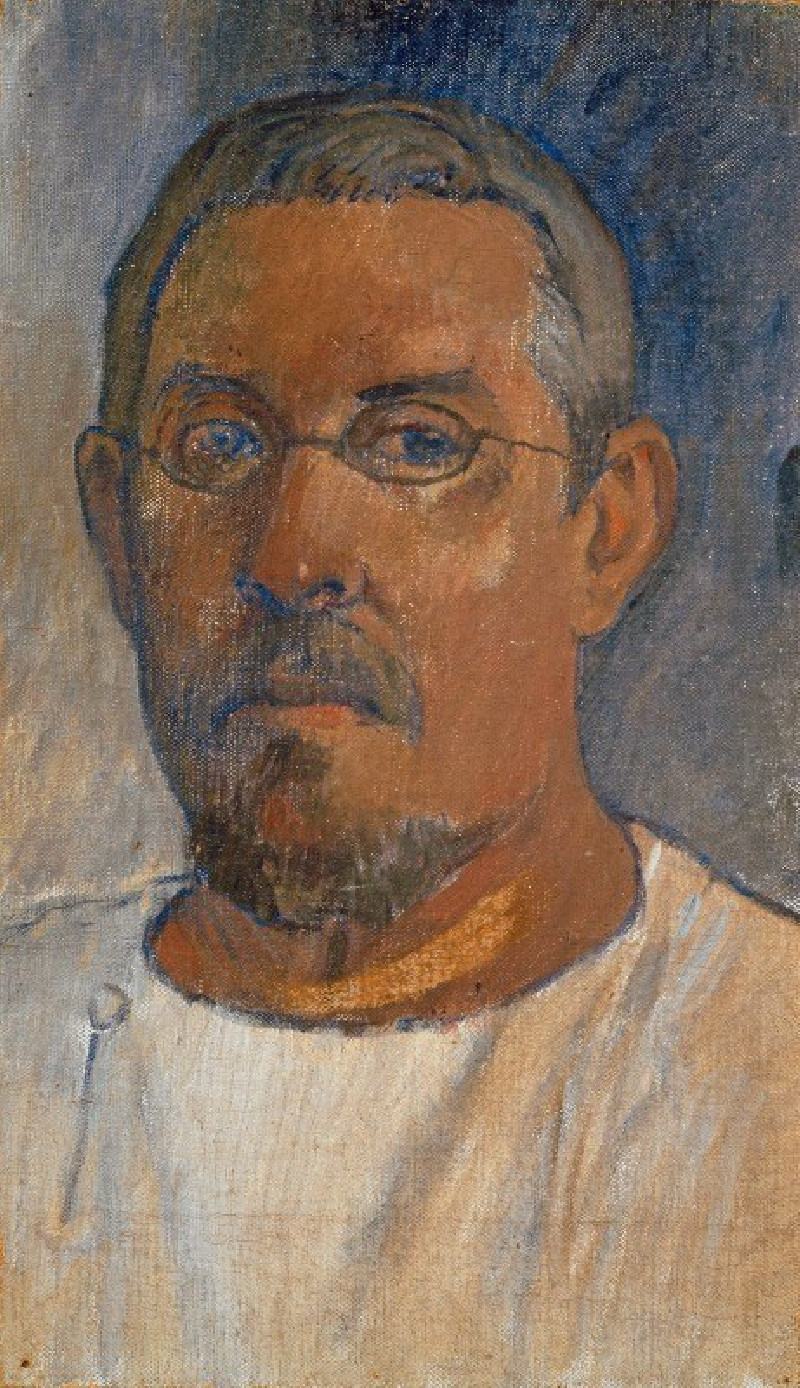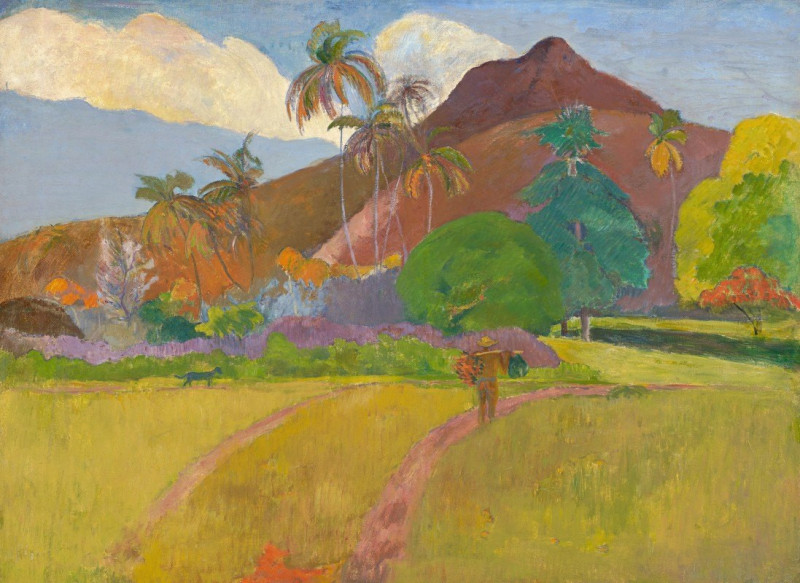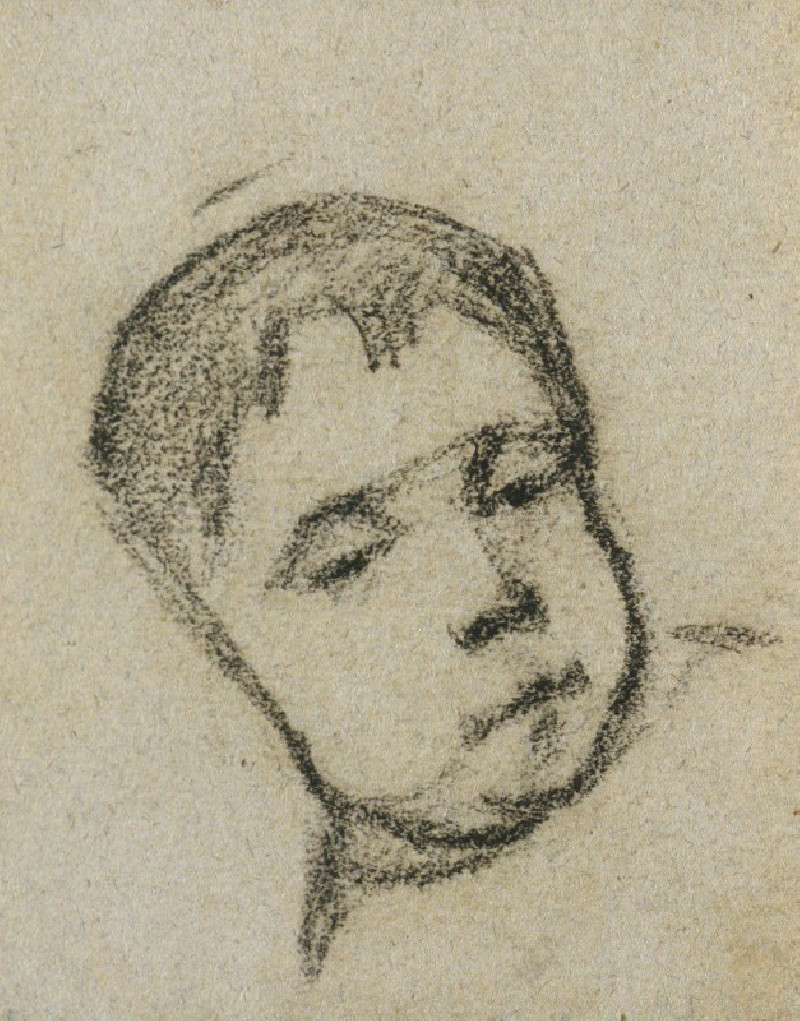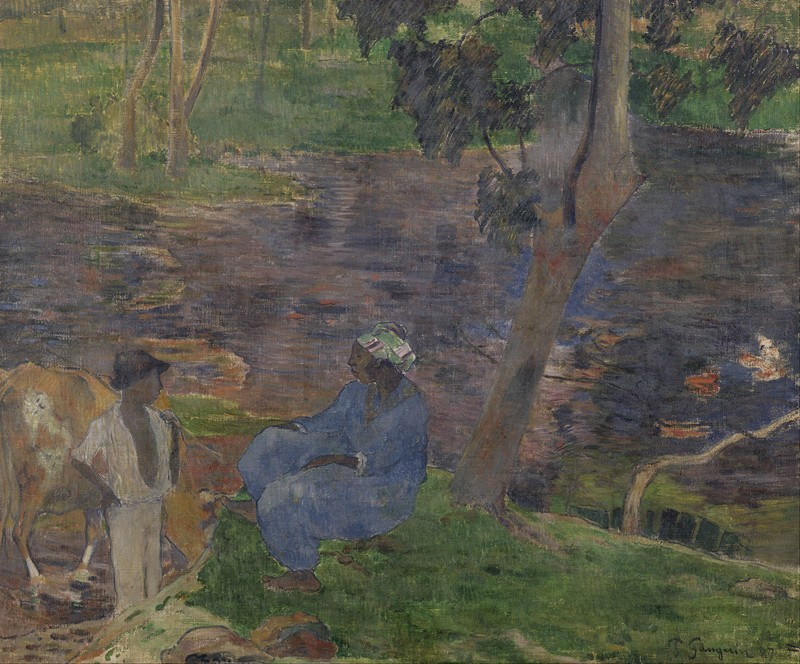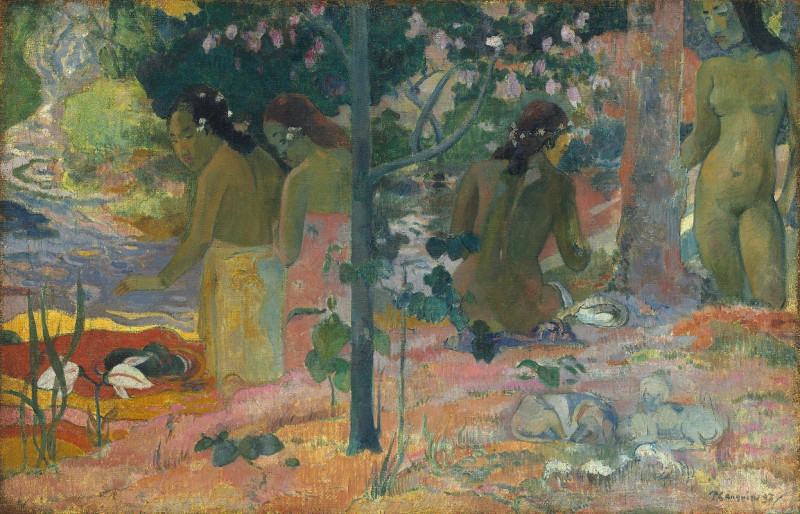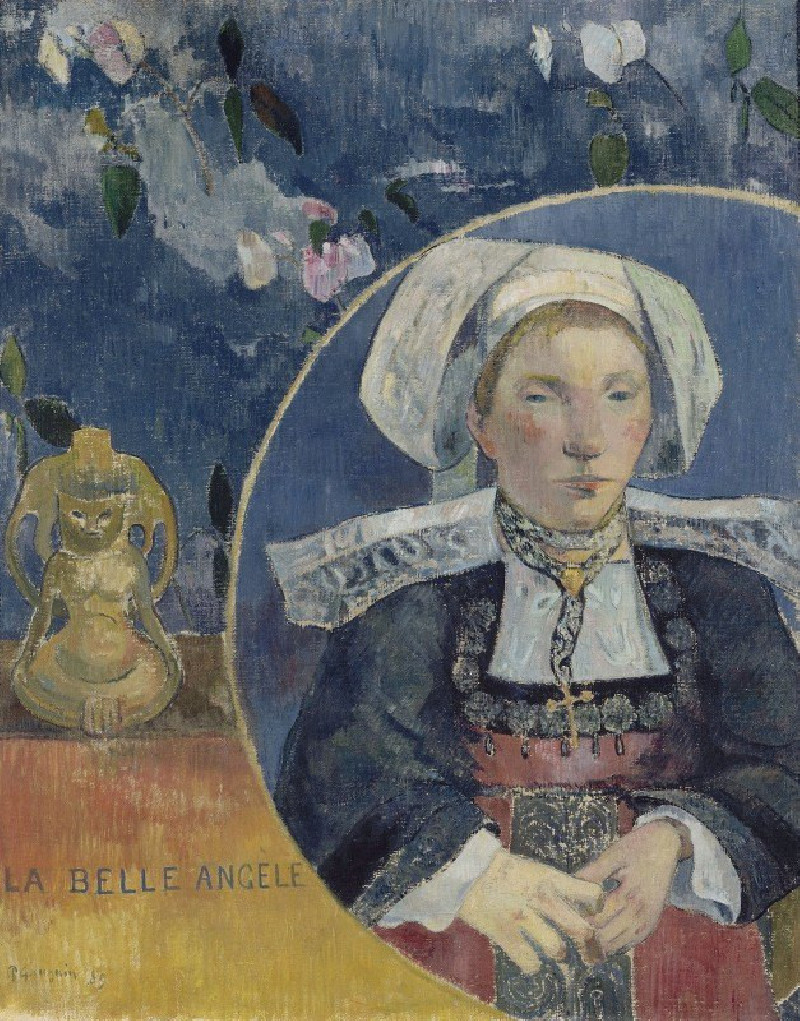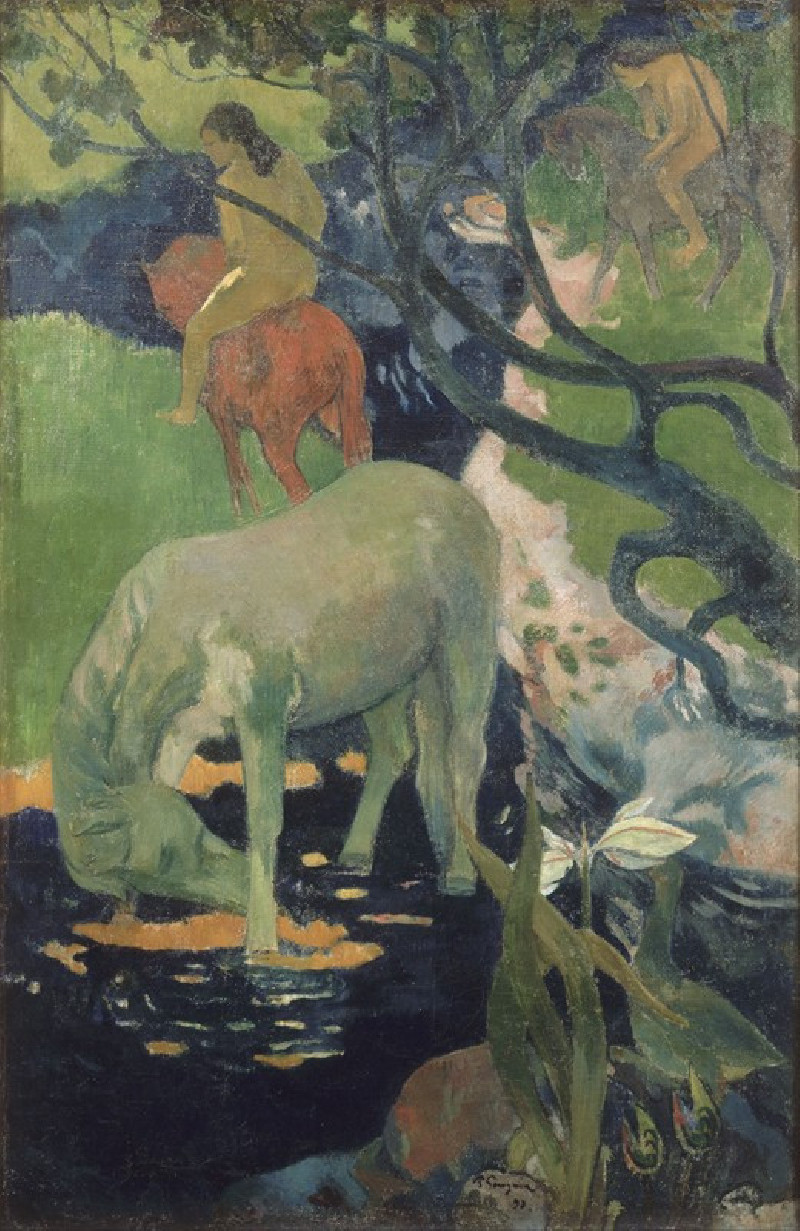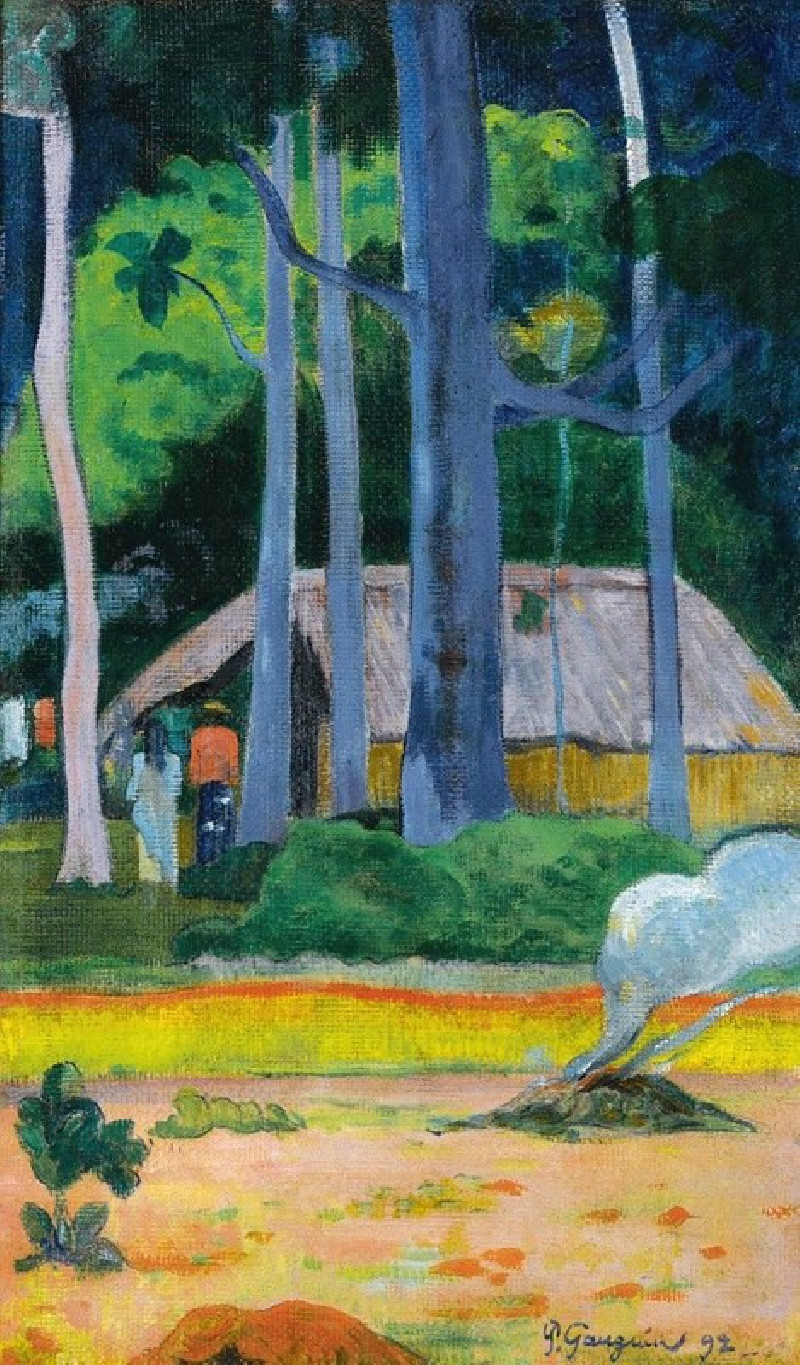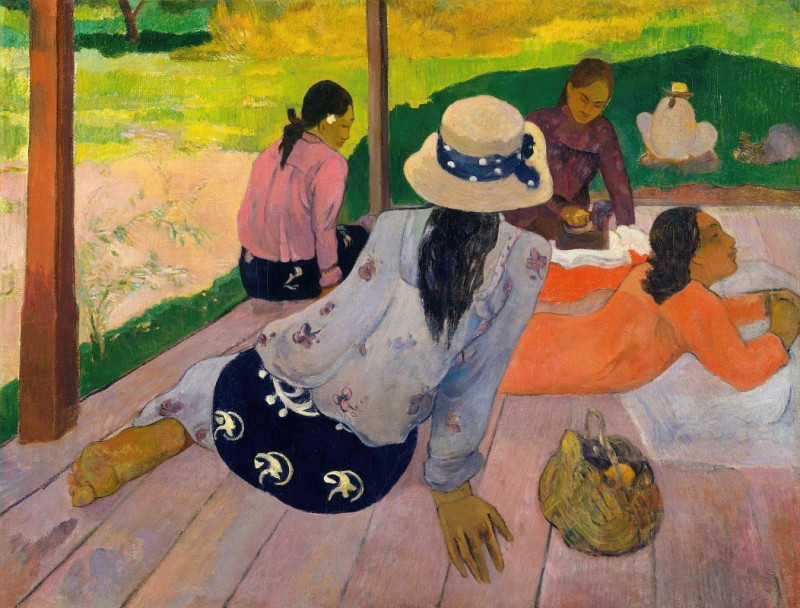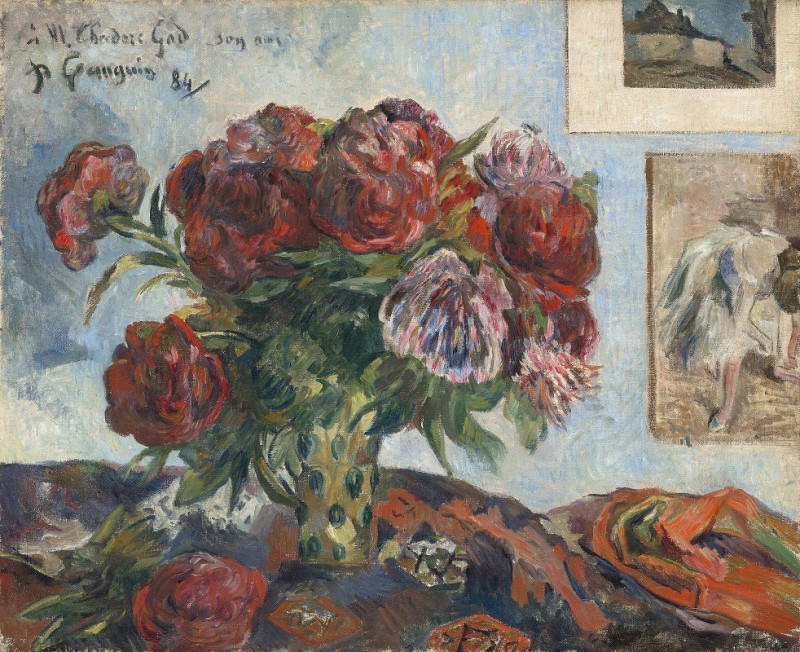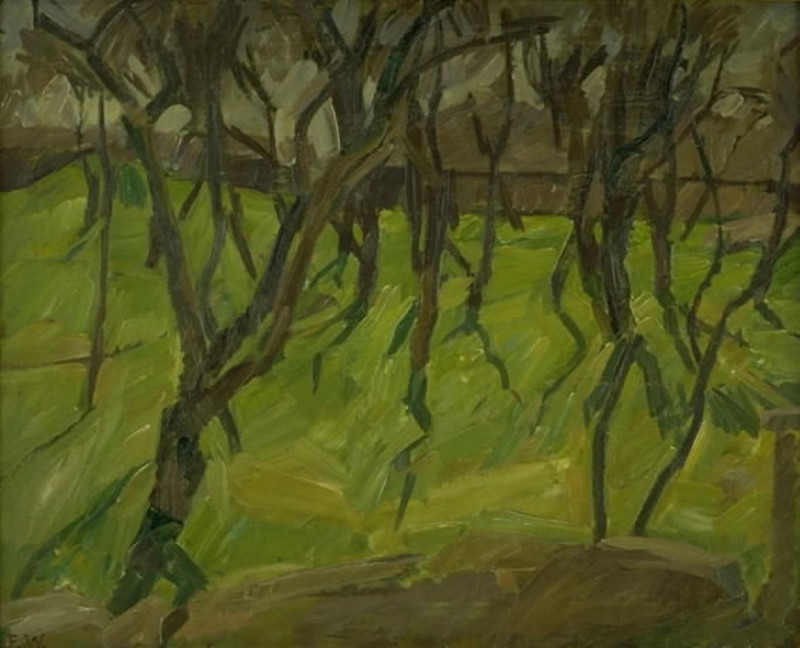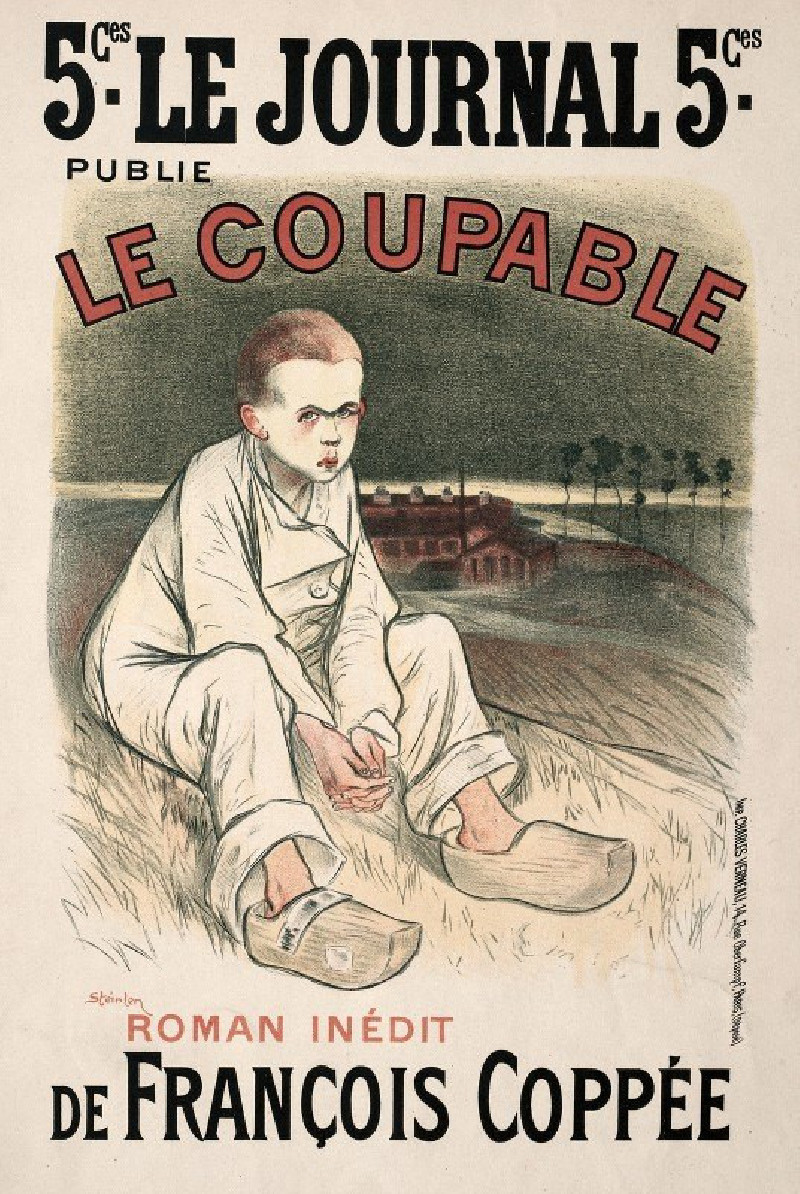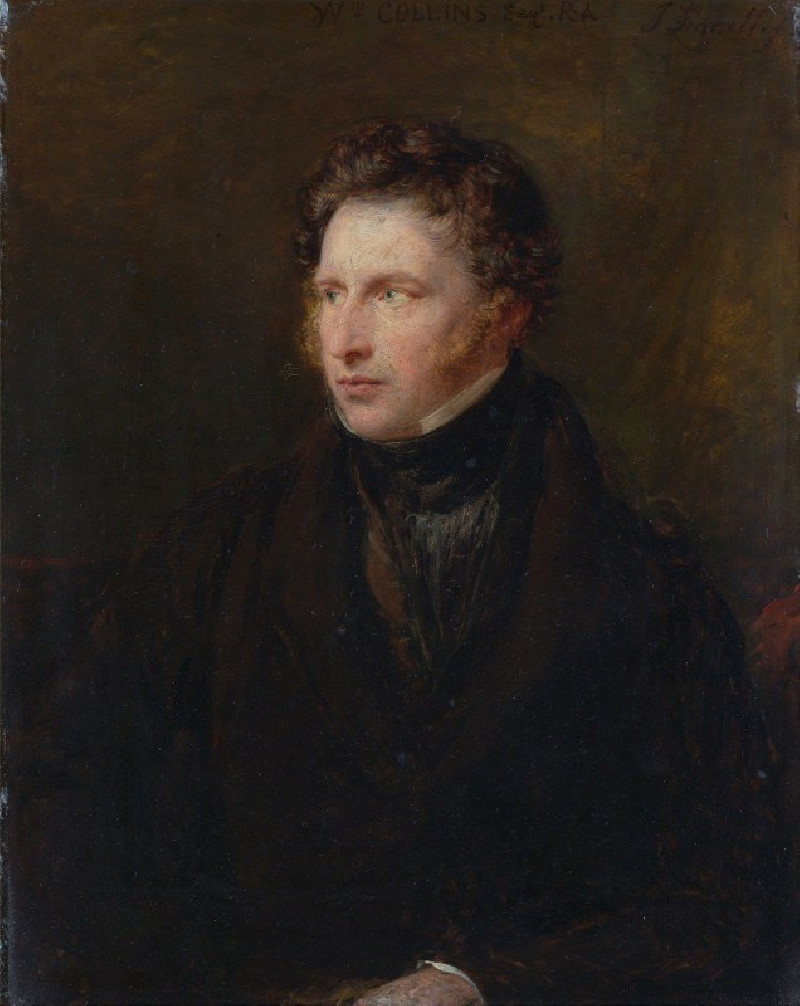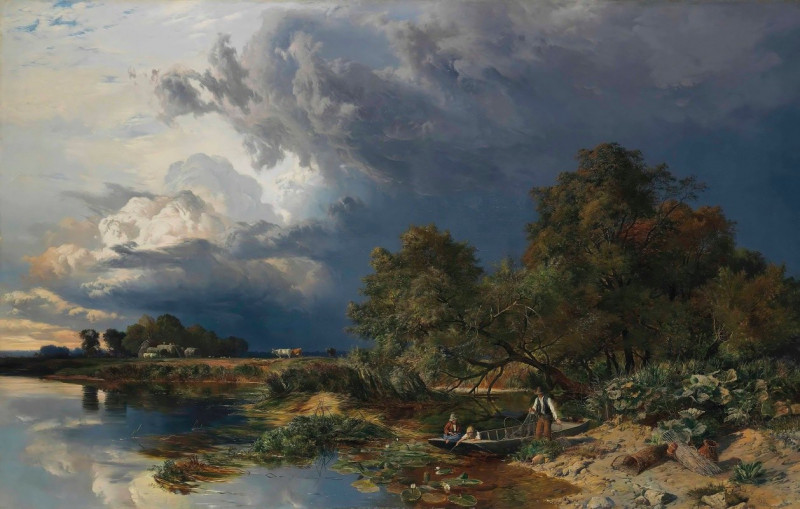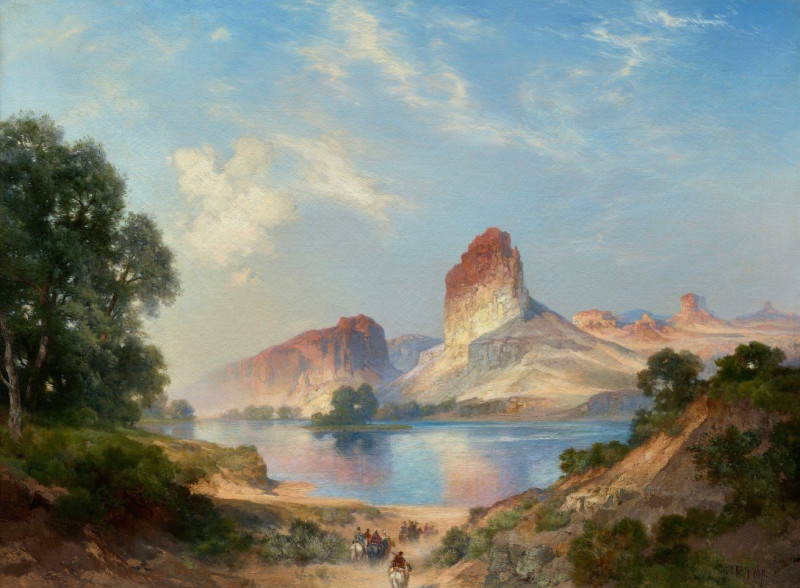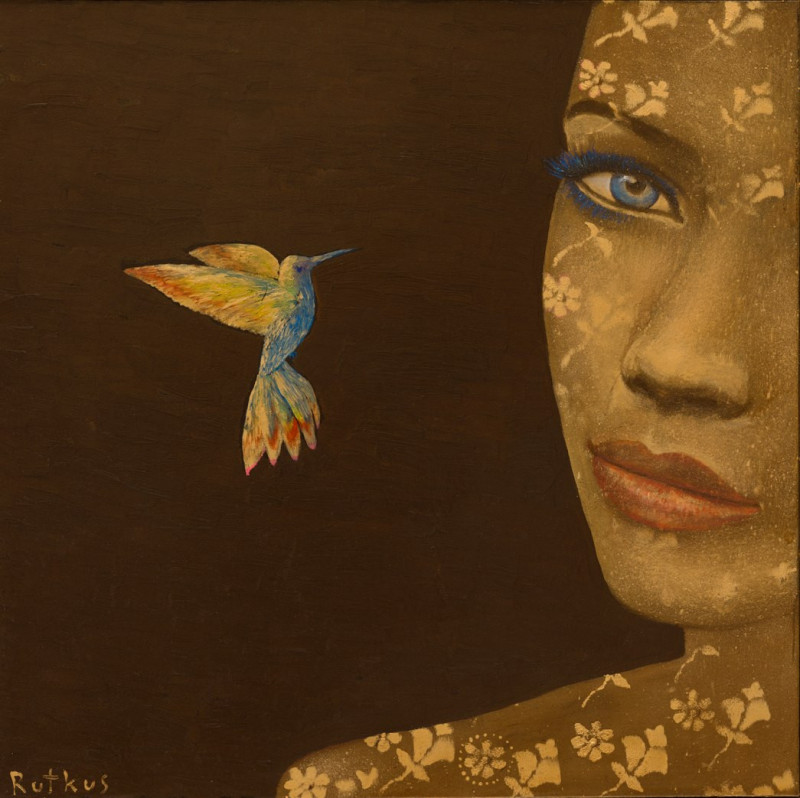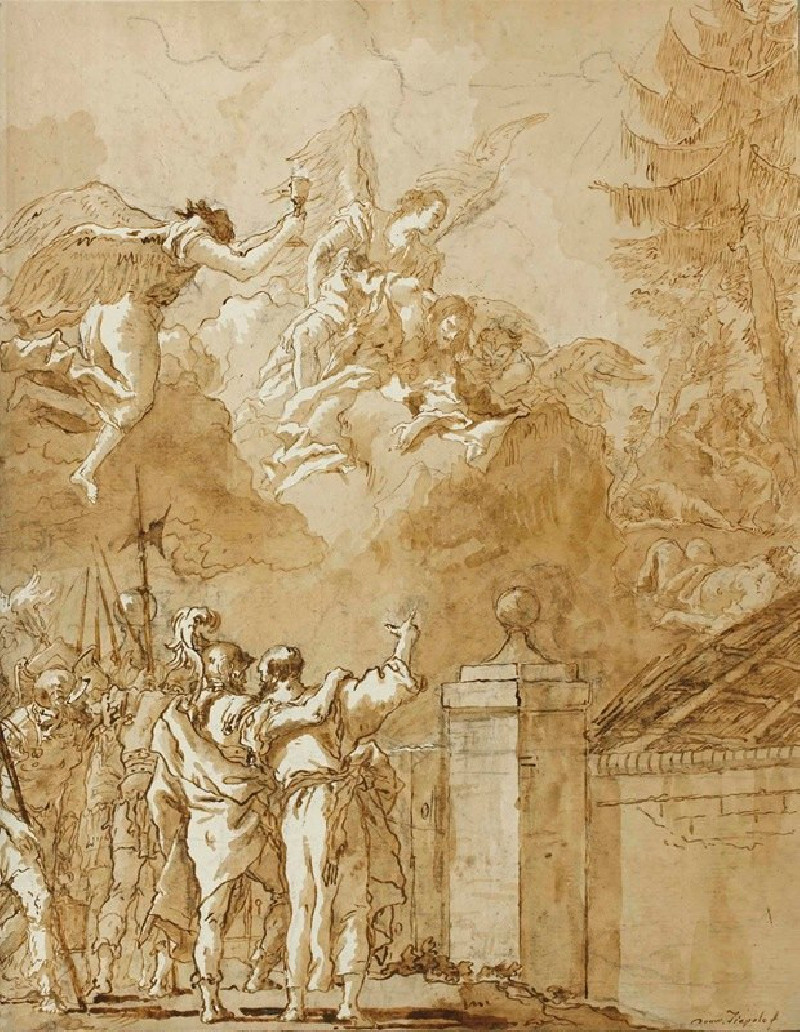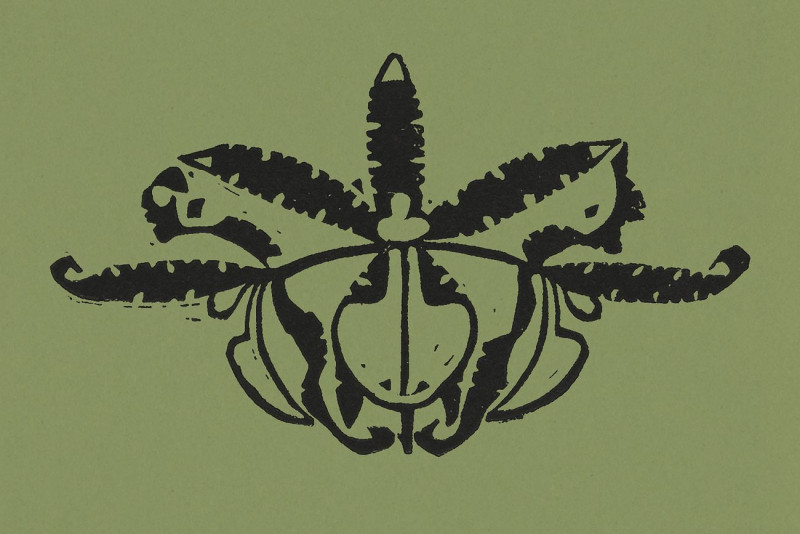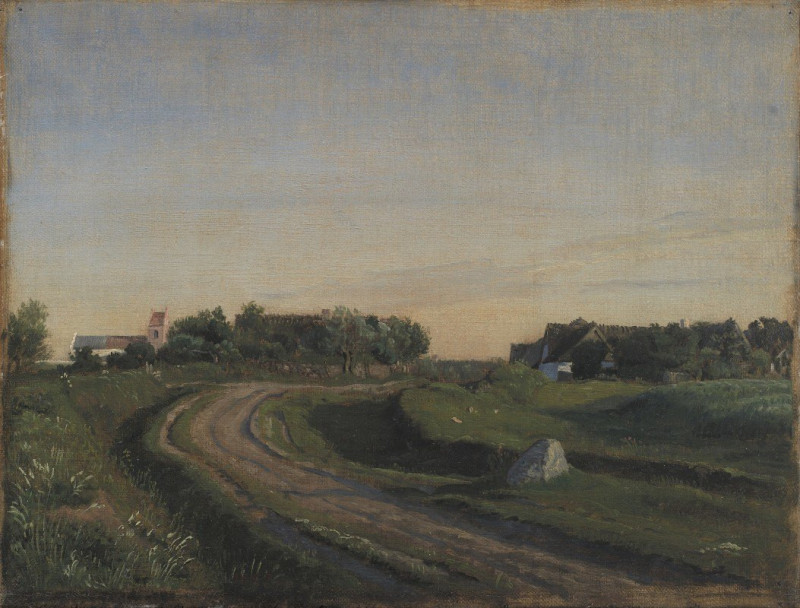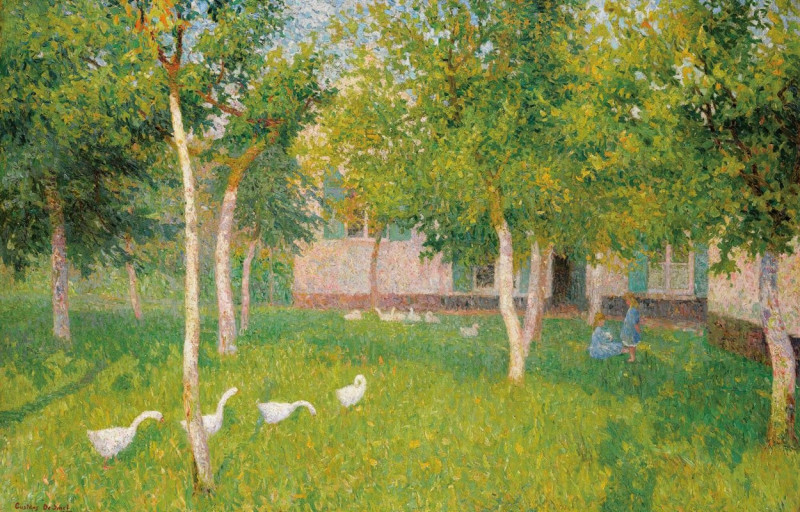Arearea (Joyfulness) (1892)
Technique: Giclée quality print
Recommended by our customers
More about this artwork
Explore the Enchanting Landscape of Gauguin’s Arearea"Arearea" (Joyfulness), painted by the acclaimed French Post-Impressionist artist Paul Gauguin in 1892, transports viewers to a serene yet spirited scene steeped in the rich cultural and physical landscapes of Tahiti, where Gauguin spent several years. This vibrant and thought-provoking piece invites interpretations and reflections on joy, culture, and the harmony between nature and humanity.At the forefront of the painting, two Tahitian women are depicted in an intimate setting. One, draped in a white gown, sits serenely with folded hands, her gaze contemplative yet distant. The other, clad in a yellow robe, bends towards her companion, engaging in a quiet conversation that hints at trust and shared secrets. Their relaxed postures and the quiet interaction suggest a moment of peaceful repose and friendship.A strikingly rendered orange dog wanders through the foreground, adding a lively contrast to the calm demeanor of the women. Behind this focal group, other figures can be glimpsed: women dancing and enjoying the open space, suggesting a communal atmosphere and reinforcing the painting's theme of joyfulness.The background is awash with bold and surreal colors—vibrant greens, yellows, and reds—that create a dreamlike, almost otherworldly setting. This use of color not only beautifies but also signifies Gauguin’s departure from the naturalistic palettes typical of European painting, embracing instead an inventive style that resonates with the spiritual and cultural essence of Tahitian life.Arearea is not merely a visual feast; it is a dialogue between the viewer and the diverse perceptions of happiness and cultural identity.
Delivery
Returns
Eugène Henri Paul Gauguin was a French Post-Impressionist artist. Unappreciated until after his death, Gauguin is now recognized for his experimental use of color and Synthetist style that were distinct from Impressionism. Toward the end of his life, he spent ten years in French Polynesia. The paintings from this time depict people or landscapes from that region.

